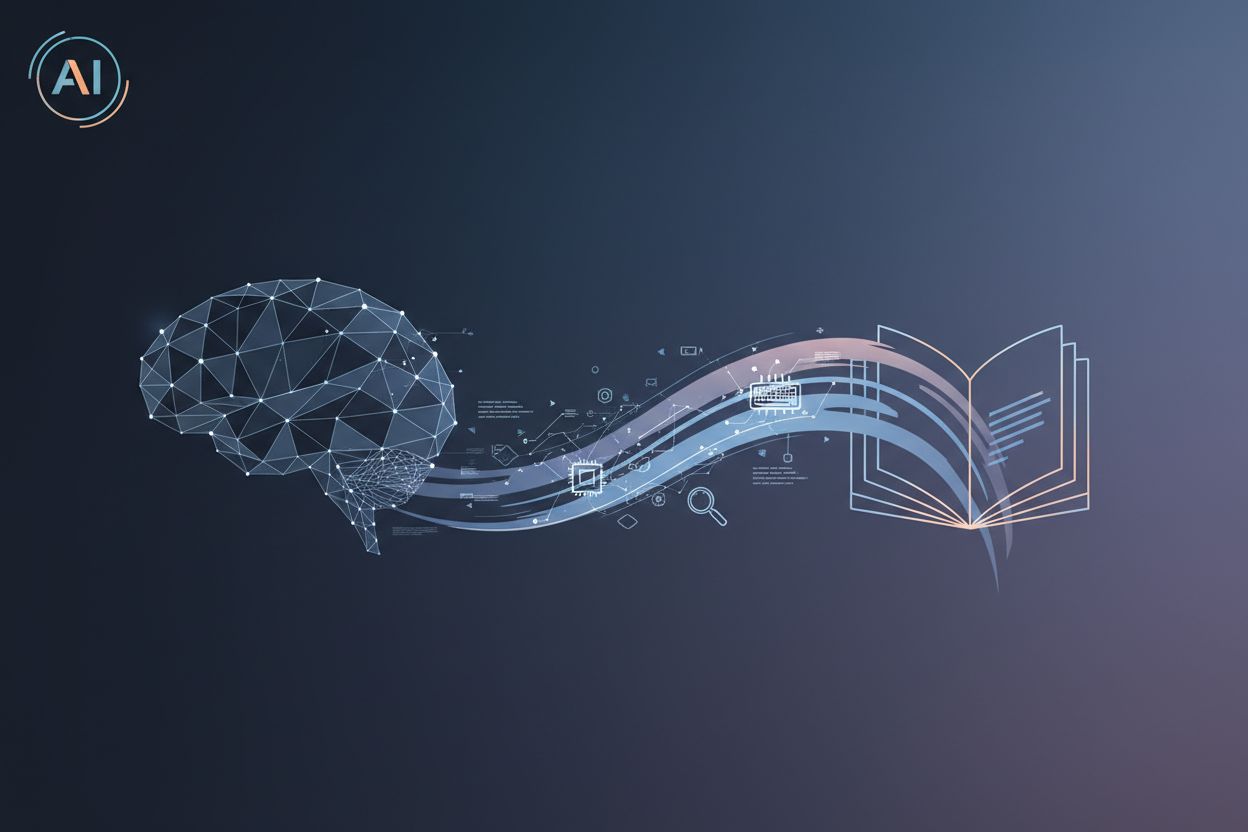How Performance Management Software Can Help Your Business Grow
Many businesses work hard to improve output, support talent, and create strong teams. But without the right tools, it can be difficult to track goals, review progress, and help employees learn new skills. Performance management software gives companies one place to plan reviews, share feedback, and follow growth. When used well, it can support managers, build better work habits, and improve results across the whole business.
Below are some of the key ways this type of software can help companies grow and stay competitive.
1. Employee Performance
Good performance must be clear and measurable. This software lets managers set targets, track progress, and fix problems early. It helps employees understand what is expected and gives them the tools to improve.
2. Simplifying Performance Management
Traditional reviews are often stressful and slow. Performance management software makes the process faster by storing notes, goals, and ratings in one place. Managers save time, and employees get fair feedback.
3. Employee Development
People perform better when they feel supported. The software can highlight skill gaps, suggest training, and record improvements. This helps managers offer personalised development plans.
4. Data-Driven Decision Making
Clear data helps managers make better choices. With reports, managers can see trends, teamwork, and productivity patterns. It becomes easier to reward strong performance and fix challenges.
5. Employee Engagement
Employees who receive clear feedback are more motivated. This software provides regular check-ins, recognition features, and praise tools that help people feel valued.
6. Goal Alignment Across the Business
Teams often work in different directions. When goals are set in one place, everyone can see how their work supports the company mission. This creates more focus and reduces confusion.
7. Remote Work
Remote teams can struggle with communication. This tool allows managers to review performance from anywhere, schedule calls, and share updates easily.
8. Expertise and Guidance
Reliable software often includes built-in templates, review guides, and best-practice tips for managers. This improves fairness and consistency.
9. Open Communication Across Teams
Employees can share notes, ask questions, and get feedback directly. This reduces misunderstandings and builds trust.
10. Feedback and Catch-Ups
Scheduled feedback reminds managers to check progress regularly. Employees do not have to wait until the end of the year to know how they are doing.
In many cases, companies support this process using performance appraisal software, which helps track feedback, ratings, and review cycles to ensure fair evaluations.
11. Data Protection
Performance information is private. This software protects records with secure storage systems, controlled access, and activity logs.
12. Changing Workplaces
Work environments are evolving. This tool can support flexible work, hybrid teams, and new performance standards without slowing business operations.
13. HR Teams with the Right Tools
HR teams can plan reviews, manage documents, and review training without chasing paperwork. Software automates tasks and saves time for more strategic work.
14. Employee Ownership
When employees can see their own goals and results, they take ownership of their improvement. This creates responsibility and stronger work habits.
15. Accountability Across Teams
Each employee has clear tasks, deadlines, and expectations. Managers can see who is meeting goals and who needs support, which strengthens fairness.
16. Departmental Customisation
Different departments may need different metrics. Performance software allows custom goals for marketing, operations, sales, and more.
17. Integration with Other Business Tools
This software can connect with payroll, time-tracking, and learning systems. This reduces manual work and improves accuracy.
18. A Culture of Continuous Learning
Regular review cycles help employees learn new skills all year. Managers can recommend training courses, webinars, and coaching sessions.
19. Transparency in Reward Systems
When targets are clear, reward decisions are easier to understand. Employees can see how bonuses or promotions link directly to results.
20. Onboarding New Employees
New hires can understand their goals from day one. Managers can track early progress, provide feedback, and offer help when needed.
21. Succession Planning
The software can identify future team leaders based on performance data. Companies can train strong employees for future senior roles.
22. Mental Health and Well-being
Work pressure can harm performance. Regular check-ins help managers identify stress early and offer support before problems grow.
23. Adapting to Rapid Change
Business needs change fast. This tool allows managers to update goals quickly and share changes with everyone at the same time.
24. Team Collaboration
When employees share updates and track goals together, team collaboration improves. Everyone knows who is working on what.
25. Better Recognition Culture
Employees feel happier when their good work is noticed. This software supports praise tools that boost confidence and morale.
Summary
Performance management software helps businesses grow by improving feedback, supporting employee learning, tracking goals, and aligning teams with company strategies. It encourages open communication, reduces manual work, and gives managers clear data to make fair choices. In a fast-changing workplace, this software builds stronger teams, increases motivation, and helps companies keep improving every day.


